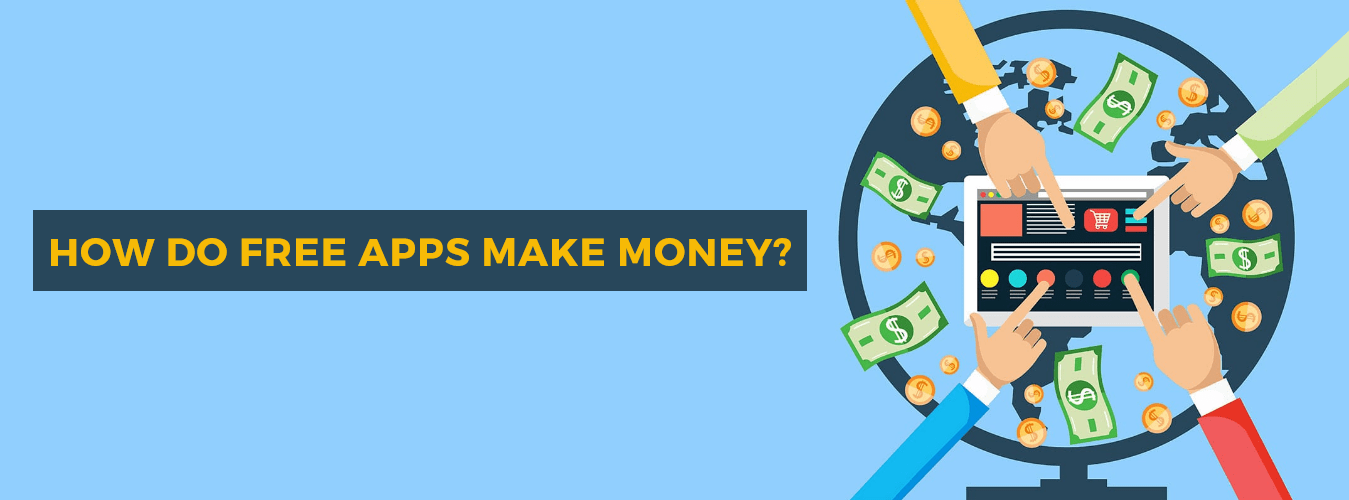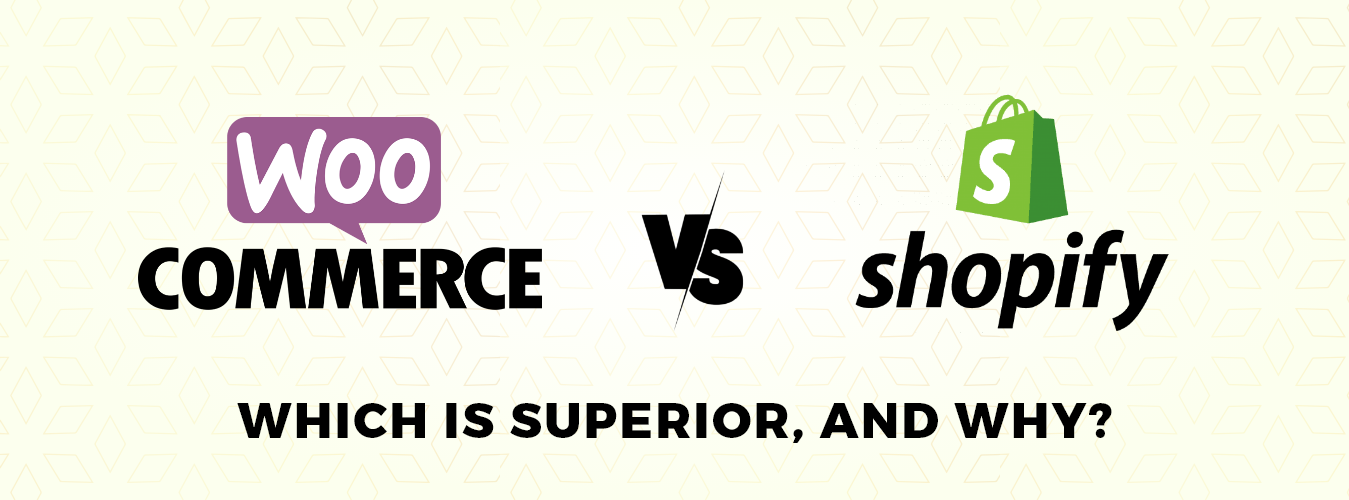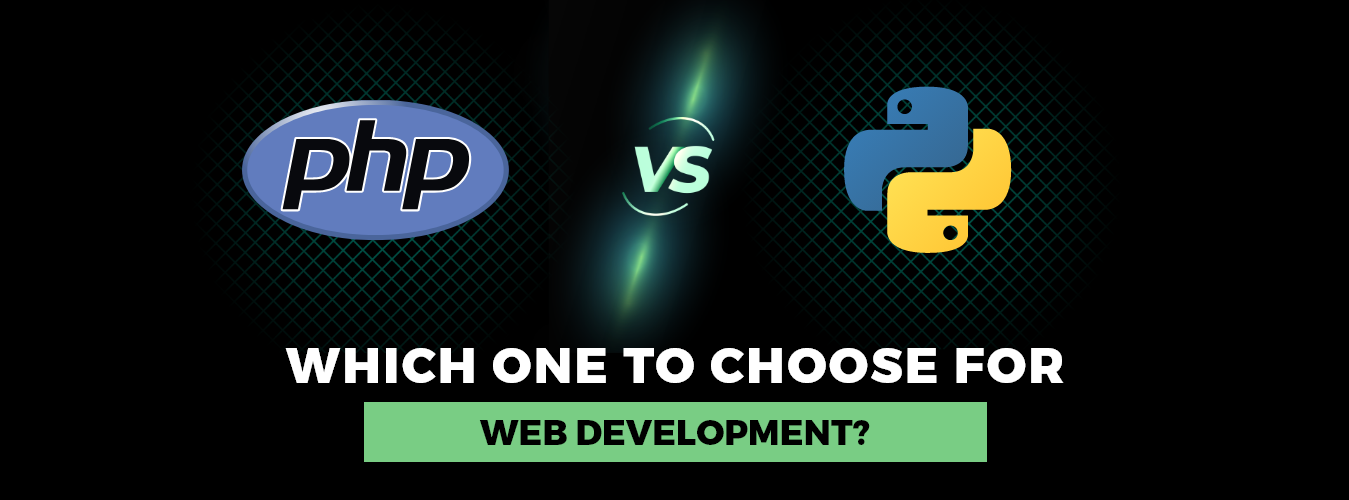You may have thought, “How can free apps make money?” Which app monetization strategy suits your app idea the best? We’re here to address your questions in this blog article, so stop wondering now. 90% of the available apps are free, which is an exciting observation if you check through any app store. So how can you make money off a free app?

What is a free app?
In contrast to paid apps, which users must pay money to get, this kind of program can be downloaded for free, just as its name implies. To put it another way, nothing prevents a consumer from downloading a free app (unless it has to be downloaded from shady websites). This makes it possible to download it on a whim, use it once, and never open it again. As a result, with this kind of app, user retention rather than user acquisition is the key.
How Much Money Do Free Apps Make?
Free apps are thought to not be very profitable, according to a long-standing misconception. Statistics from the mobile app market, however, show differently. Compare the number of free apps on the market now with their earnings. According to data from December 2019, 96.2% of all apps available are free. The industry for mobile apps is expected to generate $581 billion in sales by 2020. The statistics demonstrate how competitive and successful this market sector is. According to data on app income, $461 billion was earned by mobile apps in 2019.
Get Your Own Empowered Mobile Application Development
contact usPaid Apps Market vs. Freemium Apps
The premium model is the most often used way to monetize apps (a.k.a. paid apps). With this tactic, the consumer pays a one-time price to get your software directly from an app store. Although this method’s average income per download is higher, the premium is not the most lucrative business model. Even with many favorable ratings, people are unlikely to buy premium software they can’t preview or try out first, which is one issue with paid apps. Why pay when there are so many apps that are available for free? Naturally, the likelihood that consumers will take the plunge and purchase a paid app relies on your product and target market. They are more inclined to succumb to premium apps, the more enticing the information or service you are presenting.
It has been shown that the freemium model (and, more recently, the free-to-play model) is the most efficient way to commercialize apps. Users can download an app for free using the freemium business model, but they cannot enjoy all of its capabilities until they upgrade to the paid version. Although it could take longer to build earnings, freemium apps often generate more revenue than premium apps. By providing upgrades and premium content, you can continue to make money even if consumers continue to use the free app version.
Read this post to get more insights on Mobile App Development Team StructureFreemium Apps Vs. Free Trial Apps Market
A free trial is a customer acquisition strategy that offers potential customers a portion of a whole product for free for a brief period. A freemium model is a strategy for gaining customers that gives potential customers unlimited, cost-free access to a portion of a software product. While freemium appears to be nothing more than a perpetual free trial, the go-to-market approaches couldn’t be more dissimilar.
In-app advertising
One of the popular methods to make money off of apps is in-app advertising. Many proprietors of free mobile apps choose this method since it can be more subtly done and is less upsetting. This app monetization strategy is incredibly simple to implement. All the app owner needs to do is create the app, which Andromo makes simple, publish the app, and choose how to monetize the app by opting whether to display adverts.
This is a straightforward approach to monetizing mobile apps because the app owner is compensated based on the number of impressions, lead generation, clicks, and adverts received. As you question how much money apps make from adverts, you would also need to consider what your audience could desire to see.
- Banner Ads
- Native Ads
- Interstitial ads
In-app purchases
A mobile app can increase your revenue if you already run a business that sells goods or services. While offering a product or service directly to customers may be a highly feasible approach to making money, you also need to consider marketing, price, and logistics. This tends to make things a little bit more challenging. For instance, if consumers purchase a physical item from your app and mail it to them, you must ensure that the sale is still profitable after paying for labor, packaging, shipping, and other expenses related to maintaining your app. Giving users an intangible item they can use within the app is another way to monetize in-app purchases. Mobile apps that are both free and include premium features are known as freemium apps. This method is frequently employed by gaming applications to increase revenue.
Read this post to get more insights on mobile app market researchSubscriptions
The best and most effective method of app monetization is through subscriptions. In order to allow users to read the classified and relevant information they post, app publishers may first supply free or pertinent content in their applications for a brief period before charging the required membership costs. The most typical strategy employed by most developers of free apps is to offer a free trial of the program and then charge customers who wish to continue paying subscription fees.
Conclusion
With so many revenue models available, it is essential to realize that each model has advantages and disadvantages. Additionally, it might be very beneficial to test these strategies and consider what your rivals are doing. Making the best choice will be simpler once you’ve done that. Your question about how free apps make money may have a better answer. And you should contact a mobile app development company to create an app if you have an idea that has potential.









